Introduction
Anatomy
Cause
Symptoms
Examination
Treatment
Introduction
Fractures in hand and fingers is not a minor injury. Fractures of the metacarpal bone that leads to the little finger account for about one-third of all hand fractures in adults.
It can cause your whole hand to be out of alignment. It can stay stiff and painful if your fractured finger does not receive proper treatment.
Anatomy
Your hand consists of 27 bones: eight bones in your wrist (carpals), five bones in the palm of your hand (metacarpals), and 14 bones in your fingers (phalanges). The bones in a normal hand line up precisely. They let you perform many specialised functions, such as grasping a pen or manipulating small objects in your palm.
Cause
Generally, a fractured finger occurs as the result of an injury to the hand. You can fracture a finger when you slam your fingers in a door, fall on outstretched hand or when your finger jams while trying to catch a ball. Working with power saws, drills, and other tools can also result in a fractured finger.
Symptoms
• Swelling of the fracture site
• Tenderness at the fracture site
• Bruising at the fracture site
• Inability to move the injured finger
• Deformity of the injured finger
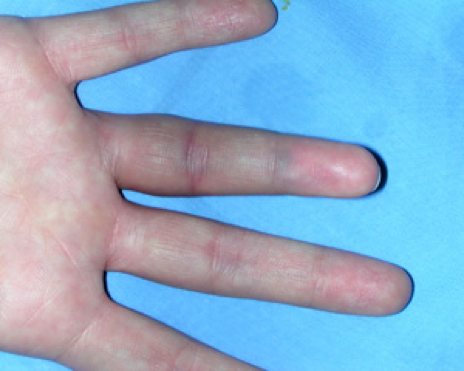
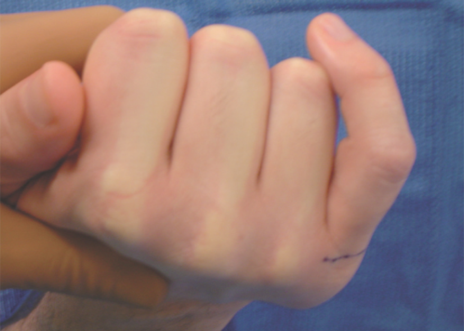
Examination
If you think you fractured your finger, immediately tell your doctor exactly how and when it happened. Your doctor must determine not only which bone you fractured, but also how the bone broke. Bones can break in several ways: transverse across the bone, in a spiral, into several pieces, or shatter completely.
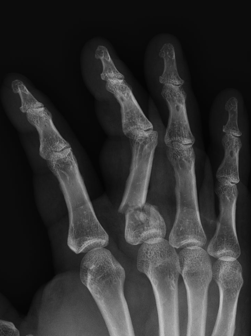
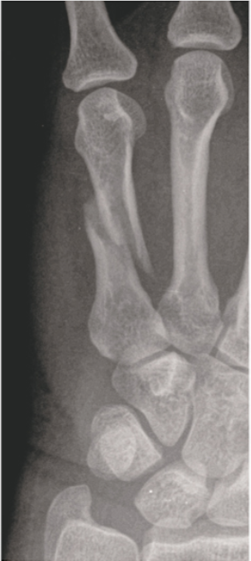
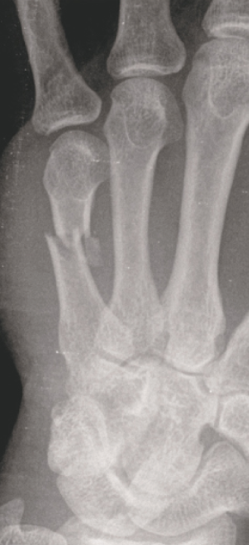
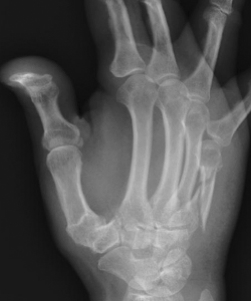
Your doctor may want to see how your fingers line up when you extend your hand or make a fist. Does any finger overlap with its neighbour? Does the injured finger angle in the wrong direction? Does the injured finger look too short? Your doctor may take an x-ray for both of your hands comparing the injured finger to the uninjured side.
Treatment
Depends on the your fractured fingers’ condition, your doctor will decide the appropriated treatment.
Nonsurgical Treatment
When the fracture is minimally displaced, your doctor can put your broken bone back into place without surgery.
You will get a splint or cast to hold your finger in position and protect it from further injury while it heals. Sometimes your doctor may splint the finger next to the fractured one to provide additional support.
Your doctor will tell you how long to wear the splint. Usually a splint on a fractured finger is worn for about 3 weeks. You may need to take x-rays during this time so that your doctor can monitor the healing progress of your finger.
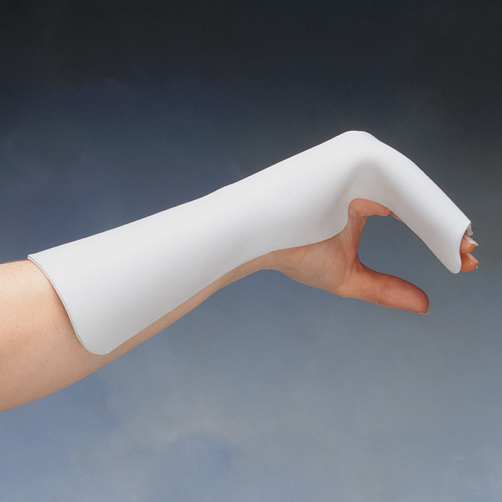
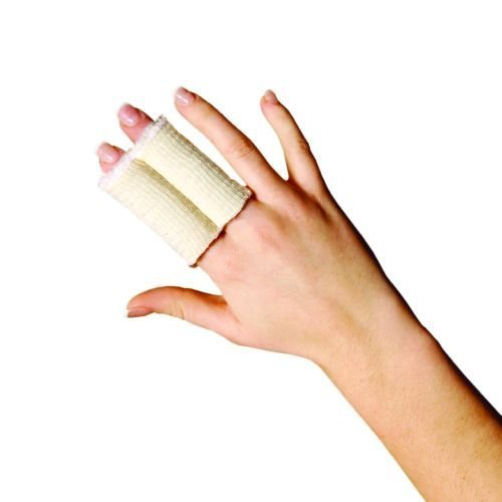
Surgical Treatment
Depending on the type and severity of the fracture, you may need surgery to put the bones into alignment. Small implants, such as metallic pins, screws and plates, or wire, will be used to hold your fractured bones together.
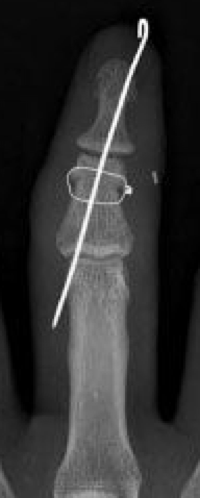
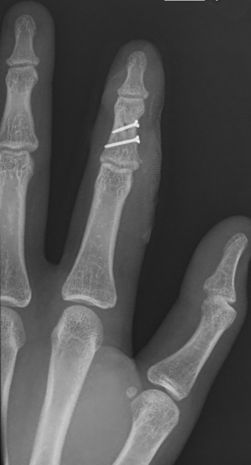
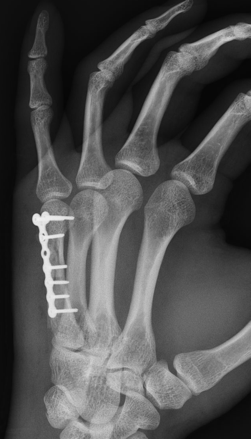
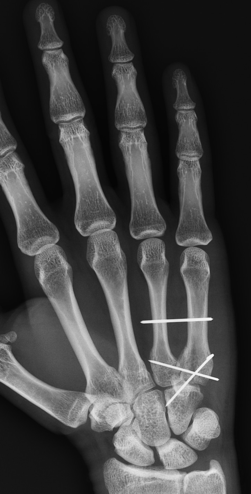
Rehabilitation
You may begin using your hand again as soon as your doctor determines it is ready to move your finger. Doing simple rehabilitation exercises each day will help reduce the finger's stiffness and swelling. You may be required to see physiotherapist and occupational therapist to assist you in these exercises.
The Hong Kong Society for Surgery of the Hand